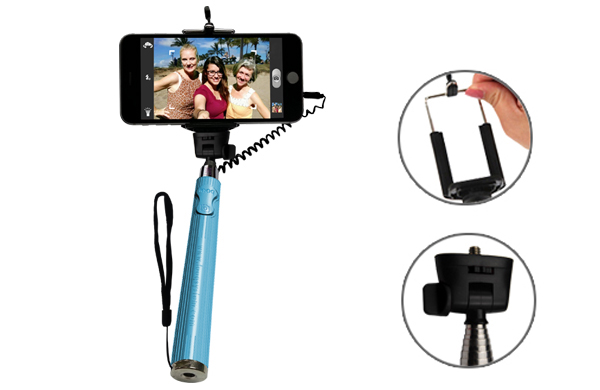
Let’s get this out of the way up front: no one truly needs a selfie stick. But if you feel you absolutely must have one, they can be somewhat useful. To find the best selfie stick, we put in 20 hours of research, brought in 22 testing models, and took dozens of selfies in various conditions, including a frozen-over Niagara Falls. In the end, we found Looq System’s Looq DG ($20) to be the best option for most people because it’s the shortest when folded up (about a foot) and the longest when fully extended, which makes it easier to carry and more versatile for composing shots. Additionally, it was one of the few we found that actually had some unique thought put into its design—by comparison, 11 other sticks ended up being identical copies of products that were either more expensive than the models we tested or that had significantly lower user ratings.
The Looq DG has a solid clamp that works on even the largest, heaviest phones around—we tested mostly with an iPhone 6 Plus in a case. While some selfie sticks rely on a Bluetooth connection to communicate with your smartphone, the Looq DG uses a cable that plugs into your smartphone’s headphone jack to replicate the volume-up-button shutter-release feature of both iOS and Android. The great thing about this design is that it doesn’t require a battery or external power source, so there’s nothing to charge and no battery to change like with Bluetooth-based systems. The shutter button itself actuates with a satisfying click that compares favorably to mushier or off-center ones found on some of the generic sticks, such as Minisuit’s Selfie Stick Pro. The build quality is solid; it doesn’t feel like an ultra-premium accessory, but we don’t have any concerns about it breaking during normal use, including when tossed in a backpack for travel.
The difference between wired selfie sticks is really pretty small. If the Looq DG isn’t available, we wouldn’t hesitate to recommend the sticks from Ipow or Noot as our runners-up; they sell for $14 each. These two are basically identical other than the label on the package. While they are a bit cheaper than the Looq DG, they aren’t quite as portable (they’re just a little longer when folded up) or as versatile for framing shots (they’re a bit shorter when extended). We also had a slight preference for the Looq DG’s button feel.
We’re not huge fans of selfie sticks that use a separate remote—connecting to your phone via Bluetooth—for triggering pictures, because it’s an extra piece to carry around and potentially lose. But these models do offer the versatility to take pictures from farther away than even the stick’s length (if you’re comfortable setting your phone somewhere and walking away from it). Unfortunately it’s difficult to pick the “best” because most are carbon copy versions of the same design. In the end, we chose Gorilla Gear’s Complete Selfie Kit ($25). It’s a unique design that comes in a nice travel box with extras.
Why a selfie stick?
Selfie sticks, which put your smartphone on an extendable pole for taking photos, have been in the news a lot lately—and even in the hands of President Barack Obama. They’ve also been the butt of many jokes. But despite the ubiquitous images of people snapping shots in front of landmarks, a selfie stick isn’t just a silly tourist gimmick. It can be a useful tool that, when used the right way, lets you take better self- (and self-plus-others) portraits. Indeed, among Wirecutter readers, it’s been one of the most-requested guide categories over the past couple months.
The reason why you’d want a selfie stick instead of just using your arm is that the stick can extend to a greater distance. This avoids the “head filling the shot” look, and it gives you more control of how much of the background makes it into your image. There’s also composition to consider: An extended arm will be visible in a selfie, but a properly positioned selfie stick won’t. With a little bit of practice, you can get the kinds of shots that might otherwise require you to hand your phone off to a stranger.
Just be careful, as institutions such as the Museum of Modern Art, the Guggenheim, and the Cooper-Hewitt Smithsonian Design Museum are starting to ban selfie sticks because of clumsy patrons. (Selfies are still encouraged, but sticks that are accidentally whacking against art are not.)
Why should you trust me?
In addition to having nearly 20 years of reviewing experience between myself (Nick Guy, former accessories editor at iLounge) and my editor (Dan Frakes, former senior editor at Macworld), I put in 20 hours poring through Amazon pages and user reviews, as well as reading all the existing editorial on the subject. The best among these: Quartz’s The starter’s guide to selfie sticks—you know you want one!, which also served as a basic introduction, and Joanna Stern’s excellent Wall Street Journal articleThe Best Selfie Sticks: Look Ridiculous, Shoot Great. We then tested 20 of them in a variety of situations, including in front of a completely frozen-over Niagara Falls.
These Are the Best iPhone Photos of 2015

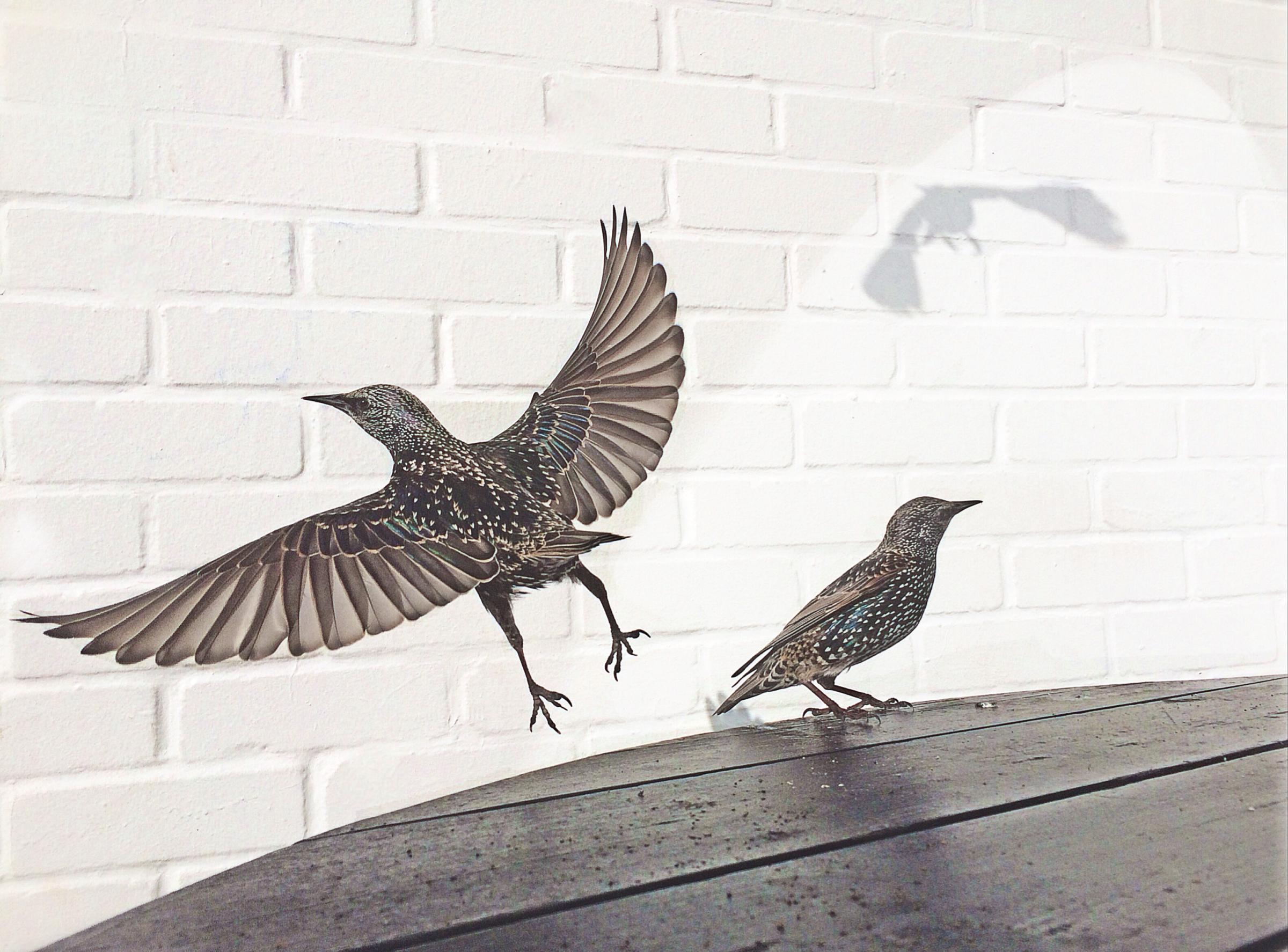

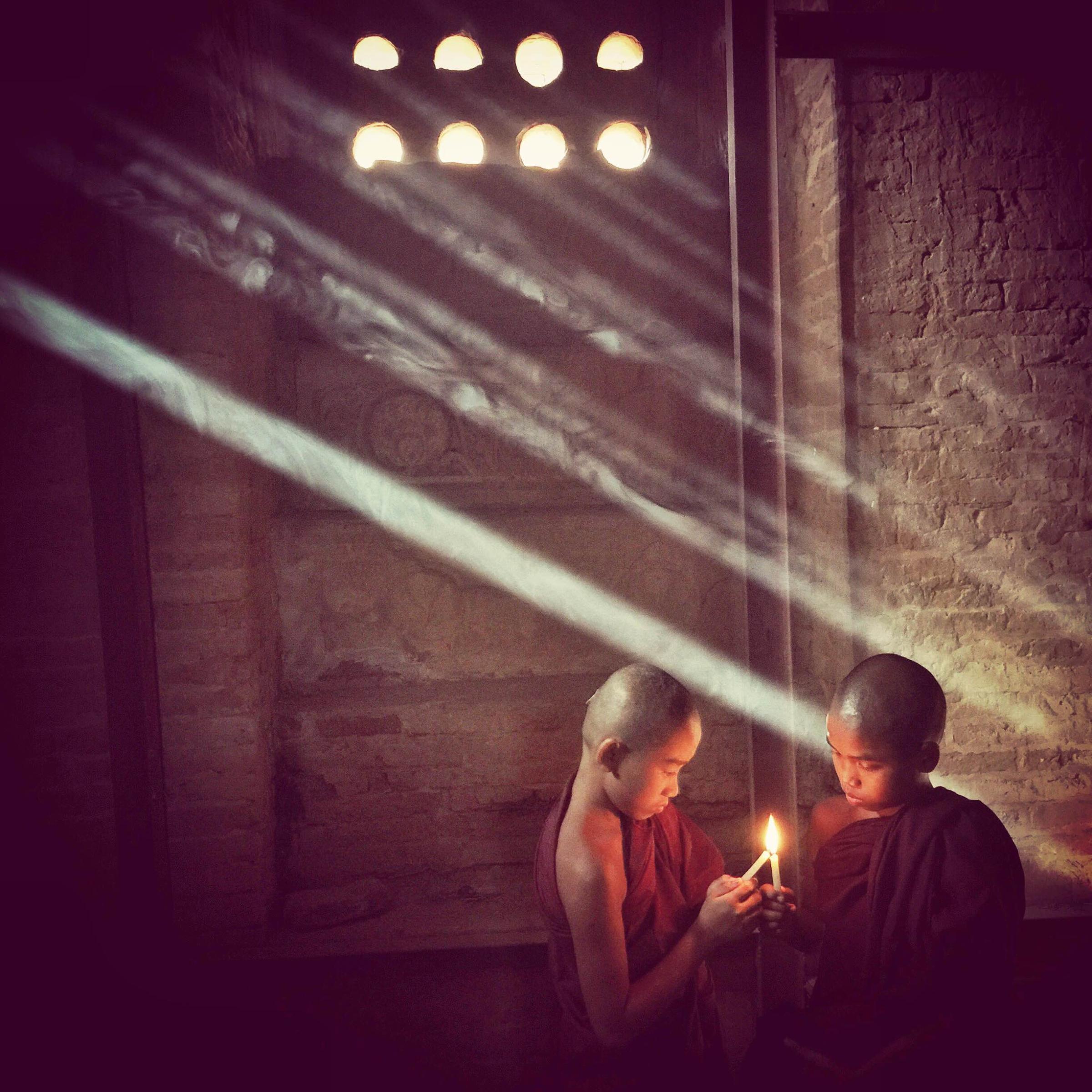
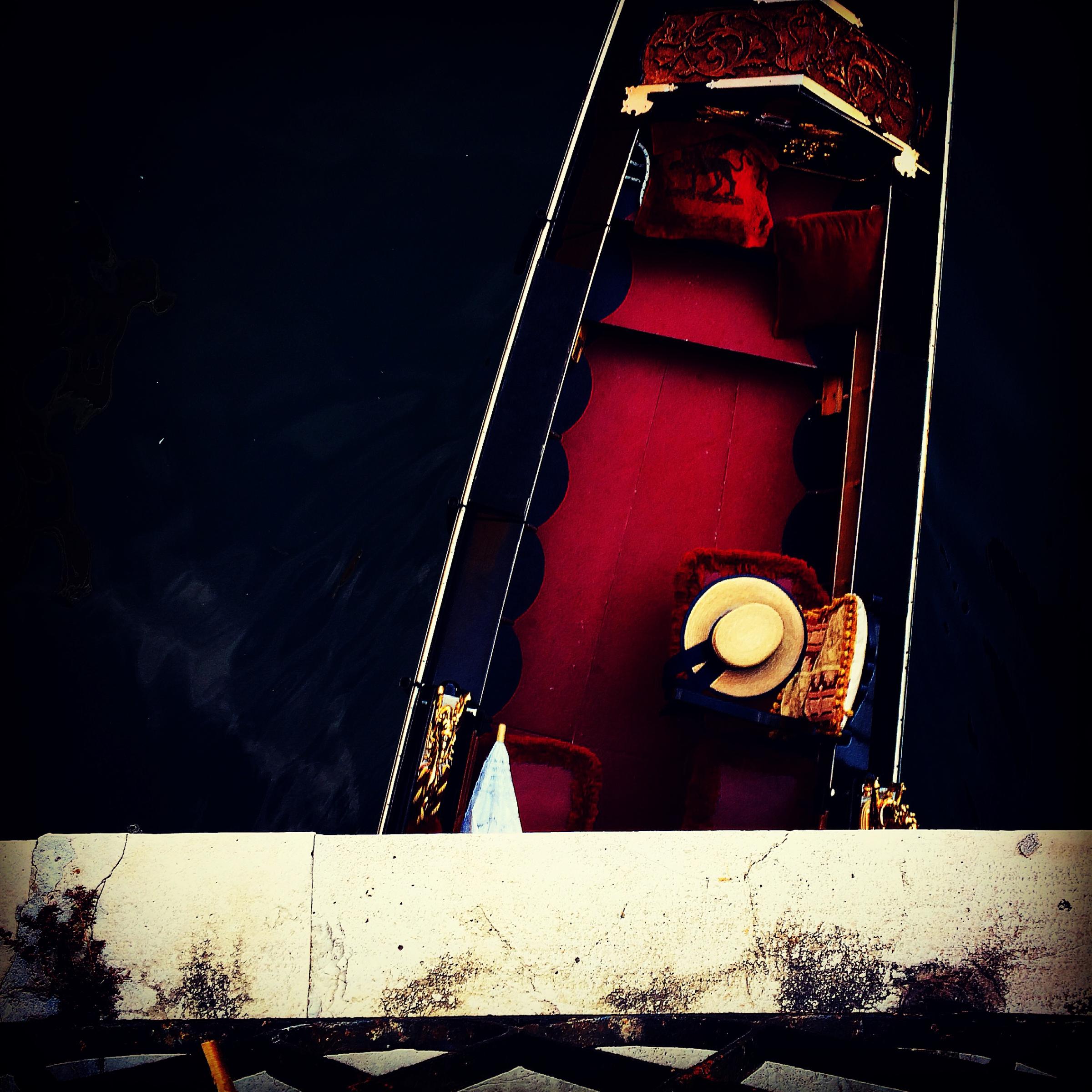




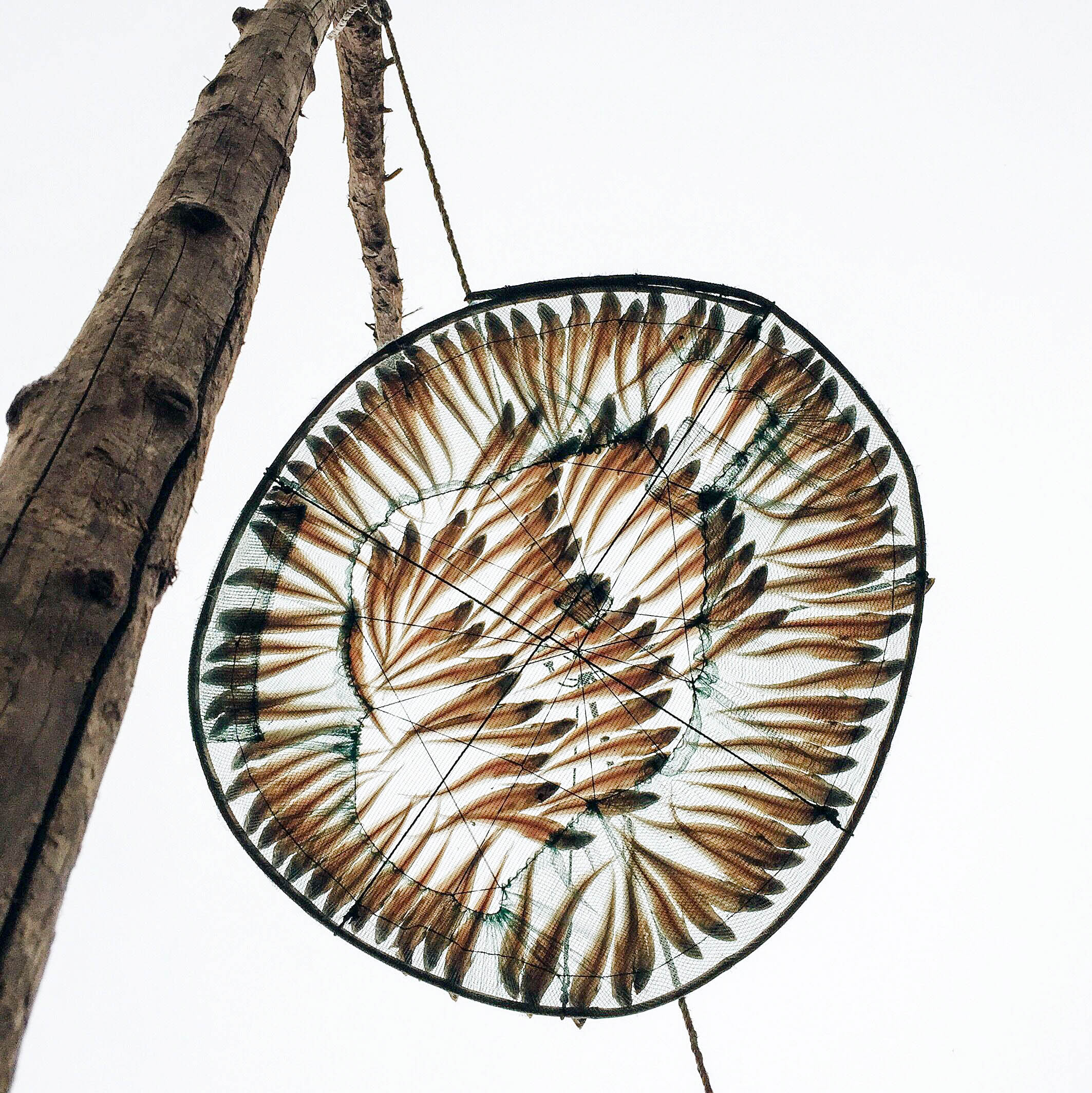



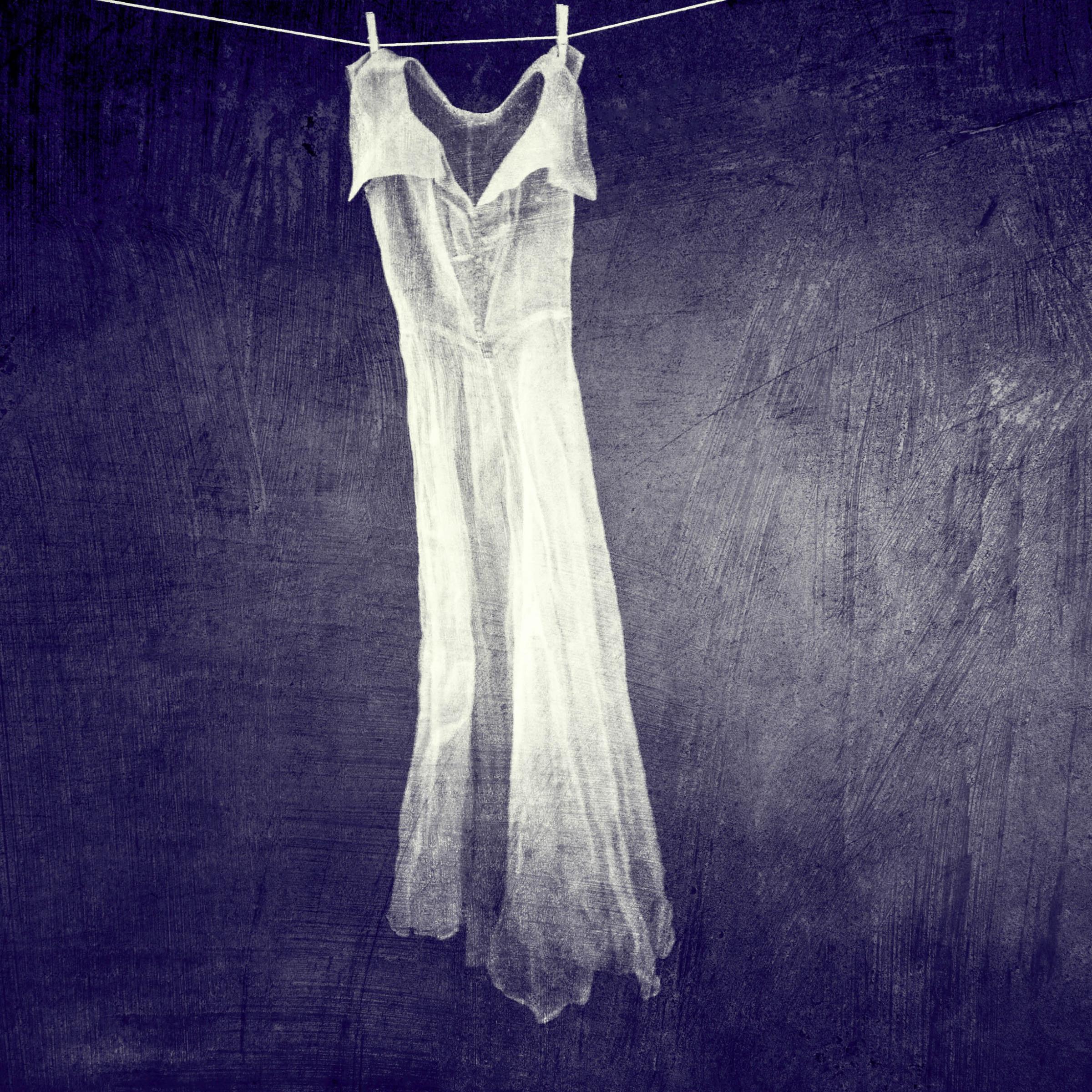
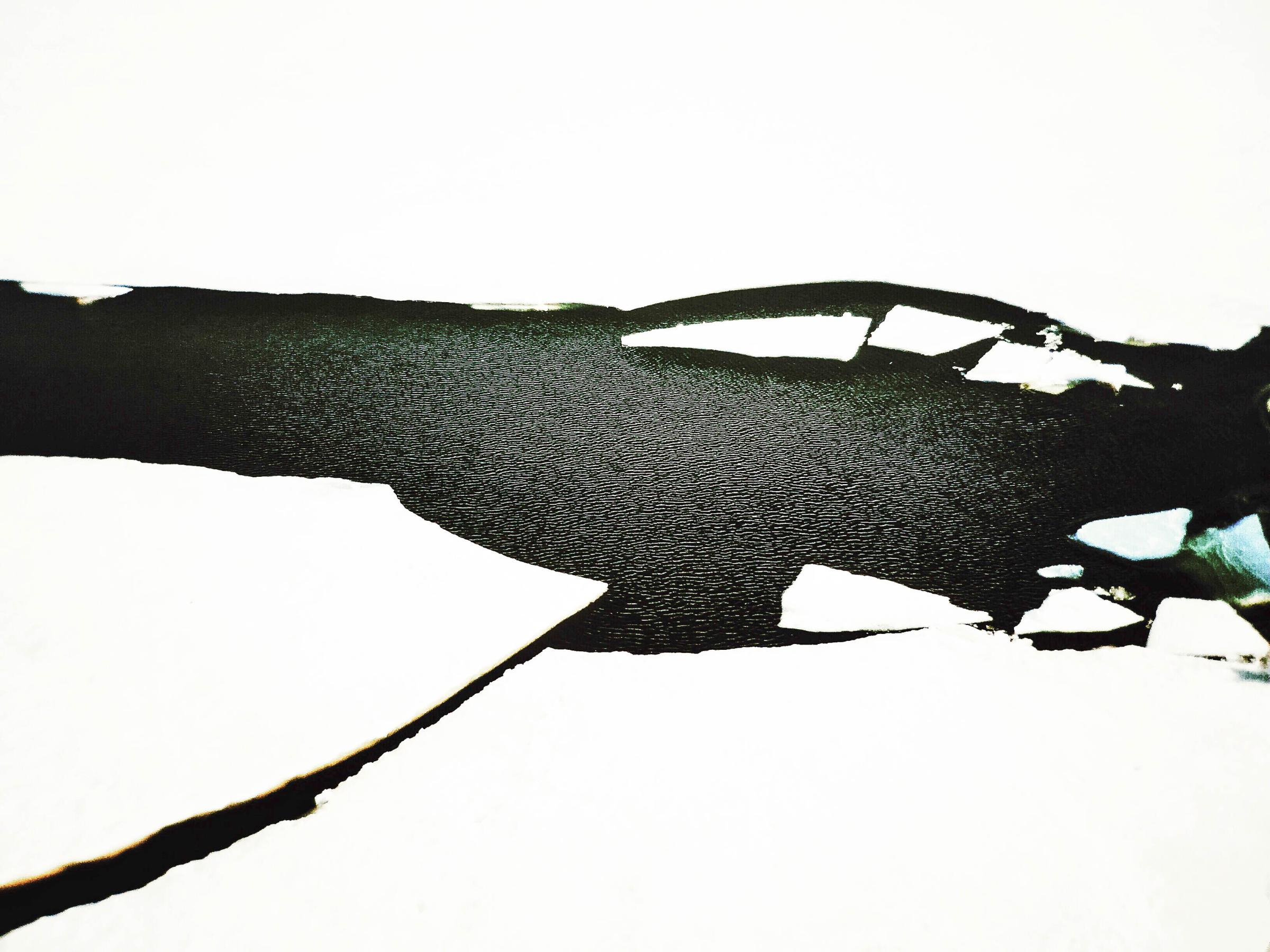
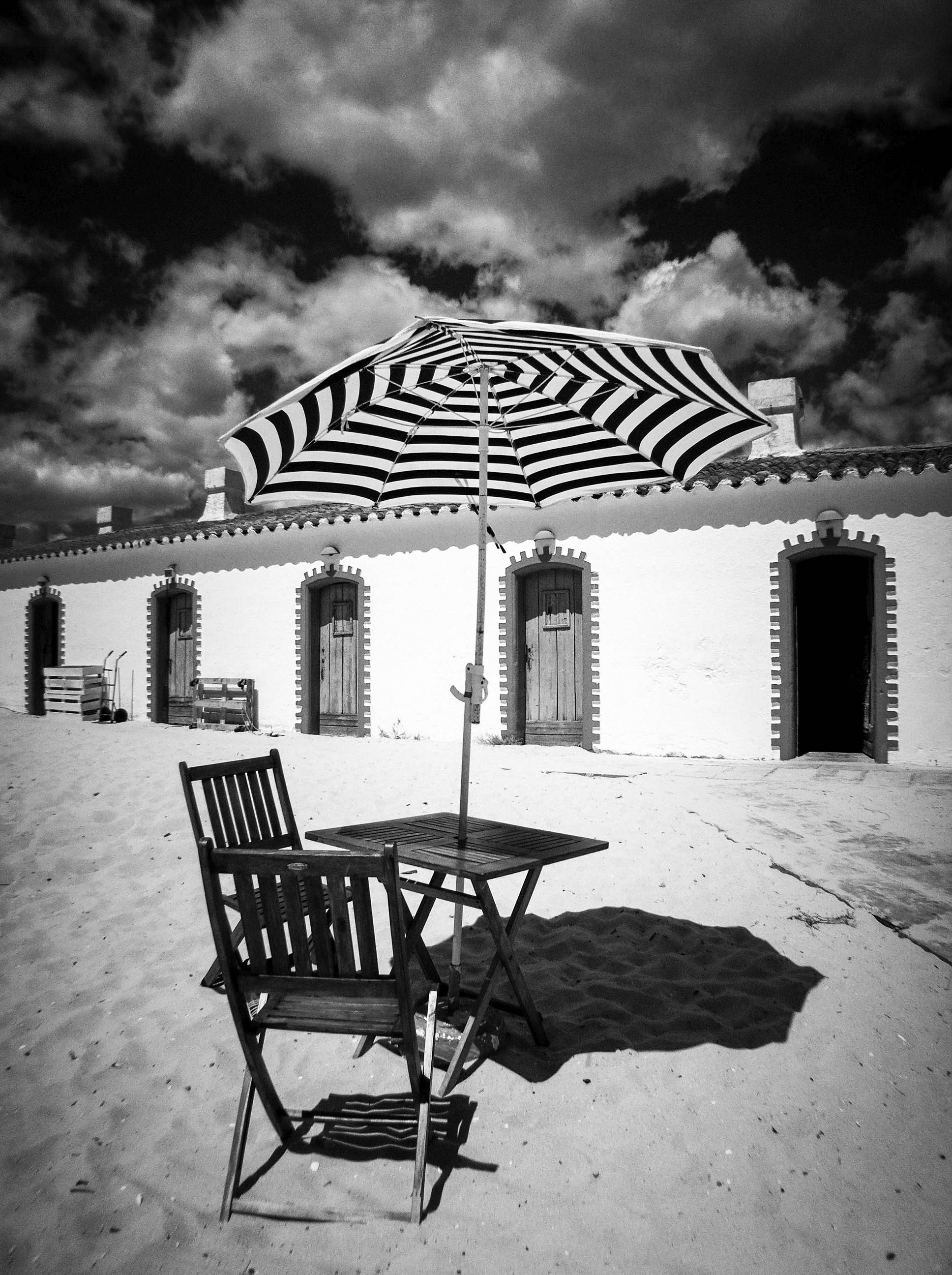

How we picked & tested
Structurally, selfie sticks are basic accessories, comprised of two to three main parts. First, there’s the pole itself, which usually collapses for ease of packing and travel and extends to let you take pictures of yourself from farther away. At the end of the stick is something to securely hold your phone (or, with most, camera) and position it as needed. Finally, most selfie sticks have some sort of mechanism for triggering your phone’s virtual shutter.
Of course, you’ll find a wide range of quality across even these simple features. For example, while some selfie sticks extend and collapse smoothly and some even lock into place with a twist, others are difficult to extend. Some cradles hold your phone securely and make it easy to position at different angles, while others are flimsy and offer fewer positions.
We first turned to Amazon for our initial research, finding hundreds of selfie sticks, many of which seemed to be identical to one another (more on that below). As mentioned earlier, we used Quartz’s The starter’s guide to selfie sticks—you know you want one! and Joanna Stern’s The Best Selfie Sticks: Look Ridiculous, Shoot Great to start us off, help us narrow down our picks, and find some competitors we wanted to include.
Once we had a list of candidates, we used the following criteria to help winnow our picks:
With these criteria in mind, we obtained 20 different samples from a number of companies, spanning every style we could find. We tested each selfie stick with both an iPhone 6 Plus and a Galaxy S5. For the sticks with a wired connection, we connected each stick’s plug to each phone’s headphone jack; for Bluetooth-enabled sticks, we paired each stick with each phone (making sure to delete the Bluetooth pairing when finished to avoid connection issues). We took photos with each phone/stick combination to ensure everything worked properly.

After verifying which selfie sticks work with which devices, we measured the extended and collapsed lengths of each (the actual distance from your hand to the phone’s camera lens is a bit shorter, because of your hand overlapping the handle of the stick and the position of the cradle at the end. The actual distance is about 7 inches less than the extended length.)
Because travel is an important consideration, we favored sticks that shrunk down to shorter lengths for easier packing, but we also valued those that were the longest when extended, as a longer stick allows for more distance, and thus wider shots in taking self-photos. And since people generally use selfie sticks on the go, we measured the weight of each; lighter was better.
Finally, we considered the mounting mechanism used by each contender. We tested to see if each could hold various phone sizes up to the iPhone 6 Plus. We also tested the security of each stick’s cradle by shaking the stick around with a smartphone installed; commendably, no phones fell to their doom with any of the sticks. We also tested the ease with which we could adjust the angle of a phone while in each stick’s cradle.
Our pick
The Looq DG is the best selfie stick in the best of the three styles we tested, taking the top spot overall. A wired connection is the Looq DG’s biggest strength, as it eliminates the need for charging or batteries without adding any complexity. And compared to other wired selfie sticks we tested, it extends to a longer length and collapses to a shorter one (about the size of a foot-long, well, stick), and weighs only fractions of an ounce more than the lightest stick of the bunch. Plus, it works with any modern iPhone or Android phone out of the box, even holding large devices such as the iPhone 6 Plus without issue.
Connecting the Looq DG to an iPhone or Android phone is really as easy as it gets. A coiled cable emerges from where the stick’s extendable metal pole meets the plastic phone cradle; the other end of that cable hosts a 3.5mm plug that fits into the handset’s headphone jack. A button on the stick’s handle emulates the volume-up button on a set of headphones with an inline remote, thus triggering the shutter-release feature on your phone’s camera app. (If the camera app isn’t open, pressing the button on the handle of the stick increases the volume.) Taking photos works identically to using a camera app on the phone itself, shooting as instantaneously as if you’d tapped directly on the phone’s screen.
When collapsed, the Looq DG is about an inch shorter than the average of the selfie sticks we tested at 12 inches, and it extends to the greatest length (45.5 inches, compared to the average of just under 41 inches). The pole doesn’t extend and collapse as smoothly as a few other models, but it doesn’t put up an objectionable amount of resistance, and it stays where you put it, regardless of length. And at just over 5 ounces in weight, it’s easy enough to tote. (The range of weights was 4.8 to 5.2 ounces.)
The Looq DG uses an expandable C-clamp as the cradle to hold your smartphone in place. The cradle stretches from 2.2 inches to about 3.5 inches—wide enough to accommodate even an iPhone 6 Plus in a case in landscape orientation. In my testing, the hold was totally secure, thanks to the clamp’s firm tension. If you’d rather use a camera, the cradle unscrews, revealing a tripod mount underneath. Either way, the mount is easily adjustable to whatever angle you may desire, with a plastic knob tightening and loosening the mount as needed.

One things that stands out about the Looq DG is that at least part of it—the handle with shutter-release button—seems to have been designed in-house. Many of the selfie sticks on the market are the exact same product sold under different brand or model names—companies are simply slapping their own label on someone else’s product. In fact, a number of the models we received came in identical boxes, labeled “Monopod,” and many of these even shipped with the same Monopod sticker on the stick itself. While this isn’t uncommon in the tech-accessory industry, it’s more common here than in almost any category we’ve seen. The Looq DG’s handle is slightly different than that of the others, and I liked its shutter button better: The button is centered properly, so there’s no ambiguity about where to press, and unlike with some of the others, it’s not mushy—there’s a definite, audible “click” when you press down.
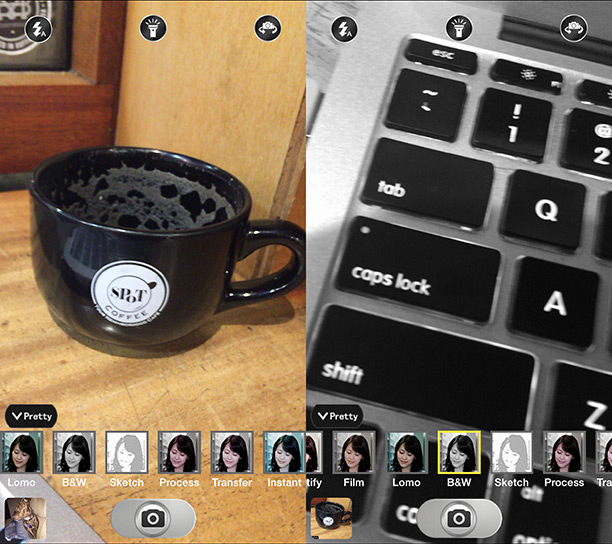
Looq System also has a free Looq DG app in the App Store and Google Play Store. It’s not the most beautifully designed app we’ve seen, but it’s functional. Within the app, you can take pictures using your phone’s front or back camera, or apply filters in real-time (the app lists the filters as “Pretty.”) It also provides a flashlight function using your phone’s flash. But the truth: there’s no reason to use this app over the camera app built into your phone or your favorite third-party app.
In Joanna Stern’s WSJ piece, the Looq DG is one of only a few selfie sticks she mentions by name. She doesn’t say outright that it’s the best, but she does talk about its ease of use (“Attach your iPhone or Android phone, plug in the cord, launch the camera app and you can start snapping away, just by pressing a button on the rubberized grip”). Surprisingly, the Looq DG doesn’t have a single customer review on Amazon, but we’ll be watching to see if any appear.
Flaws but not dealbreakers
While it collapses down to a length shorter than the average of the selfie sticks we tested, we’d love to see Looq System find a way for the Looq DG to collapse to an even smaller size. This would make it even easier to travel with the accessory. The only other issue we could find was brought up by Stern, in regards to the button the handle: “It is very convenient, but pressing the button can cause the stick to shake a bit, resulting in a potentially blurry photo.” Still, we think that a stick with a wired connection, and having to possibly take a few extra shots, is better than choosing a model with a separate remote, which is her proposed alternative.
Runners-up
If our top pick is sold out, or you want to save a few dollars, pick up a wired selfie stick from either Ipow or Noot (we’ll spare you the indecipherable word-soup that is each of their names). For only $14, you get the same general functionality as you would from the Looq DG, though there are some minor differences. Both Ipow and Noot use the same phone cradle, with an expandable vertical back and a horizontal “claw.” A removable orange plastic cap fits over the top of a curled, plastic arm that wraps around the phone’s edge to cushion the device from the hard plastic—a design common to this type of stick.
The two sticks’ handles are also slightly different: While Ipow’s stick has a ribbed-rubber texture, similar to that of the Looq DG, Noot’s is more like a hard foam material, at least on the outside. The Ipow selfie stick extends from 12.5 inches to 43 inches, while the Noot model goes from 13 inches to 40 inches.
Bluetooth selfie sticks
Not all selfie sticks use a wired connection. Some connect to your smartphone using Bluetooth, with these models taking either of two approaches: Some use a remote control that’s entirely separate from the stick (and use a button-style battery for power), while others build the wireless remote (and a rechargeable battery) into the stick handle, much like the controls on a wired model. All pair easily, using a simple procedure.
We tested a number of selfie sticks that include a separate Bluetooth remote. After spending time with these models, we weren’t as enthusiastic as we were about wired sticks. First and foremost, it’s easy to lose the remote, because it’s entirely separate from the stick itself. In addition, we found that almost all of the sticks in this category are the same; in fact, every model we tested uses an identical remote.
This design does have some merits, however. For example, it lowers the likelihood of the stick shaking when you press the shutter button, because you aren’t applying pressure to the stick itself. A separate remote is also useful for shots when the stick isn’t needed—if you want to take pictures from across the room, a separate Bluetooth remote lets you do so.
We couldn’t choose between most of these models based on the remote—as I mentioned, they’re nearly all identical. Each is made of glossy plastic with a power slider on the right side and two buttons on the front. The larger button, toward the top, says “Camera 360” and “iOS” with a camera icon in the middle. Underneath that, a smaller button shows the same camera icon and says “Android.” On the back, most of the remotes say “Remote Shutter” above “Easy to set up/use” and “Made in China.” And the sticks are the same as well.

However, one Bluetooth selfie stick stood out, thanks to a unique Bluetooth remote, a truly nice design, and a few extras. Gorilla Gear’s Complete Selfie Kit ($25) is the way to go if you prefer a Bluetooth-enabled model. Not only is the pole itself well designed, with a padded handle and a twist-to-lock extension feature, but it comes with a separate miniature—and we do mean miniature—tripod, and the whole kit is packed inside a travel box that looks like a plastic pencil holder stuffed with foam. The component that holds the phone is also unique here: Gorilla Gear’s stick uses a rubber strip with clamps at the top and bottom instead of a metal or plastic cradle. The top clamp slides up and down, with markings on the rubber indicating where to lock it into place for various iPhones, Samsung devices, and even the iPad mini. While the setup isn’t as intuitive as we’ve experienced with other selfie sticks, the hold is secure.
The only real downside to the Complete Selfie Kit is its length. It’s actually the shortest of all those we tested, measuring just a bit over 30” when fully extended. If length is more of a concern, go with CamKix’s Extendable Selfie Stick with Bluetooth Remote. But Gorilla Gear’s overall package earns it our recommendation.
Finally, there are the sticks with a Bluetooth remote built right into the handle. (The remote’s battery is also built-in; you recharge it using a Micro-USB port on the handle.) Though you don’t risk losing the remote with this style, it offers the fewest benefits: These sticks lack the simplicity and reliability of the wired models, but they also aren’t well-suited for shots from farther away. The best all-in-one Bluetooth selfie stick, if you for some reason insist on one, is InnoGear’s Selfie Stick with Remote Shutter and Telescopic Tripod. At only $23, it doesn’t cost much more than the next-expensive model of this type, but it offers a lot more value, because it includes a small tripod onto which you can mount the selfie stick for hands-free photos, along with a carrying pouch. The Innogear’s modular design is also unique. Its C-clamp can be placed at the usual position at the end of the extendable pole, but the clamp can also connect directly to the stick’s 6.3-inch-long handle if, say, you don’t need the pole’s full length but you want to take steady shots without having to tap the phone’s screen. And, like the Looq DG, the InnoGear model at least appears to be a unique design—in a field crowded with so many clones, we appreciate that.
Unlike with the other sticks in this category, Innogear’s has four buttons. From top to bottom, there’s the shutter, plus (+), minus (-), and power. The company claims that the two middle buttons let you zoom when the stick is used with “Samsung Smartphone with Andriod 2.3.6 above system [sic],” but on our Galaxy S5 running Android 5.0, the plus button replicated the function of the shutter button, and the minus button did nothing. So while the Innogear Selfie Stick has just as much functionality as the competition, it doesn’t have as much as promised.
If there’s a downside to the Innogear stick (besides the Bluetooth aspect), it’s length. With the stick assembled but fully collapsed, the whole thing is about 16 inches long. At least the pieces can be easily separated, so this actually isn’t as big of a deal as it might otherwise be.
Dwight Silverman, the TechBlog writer for the Houston Chronicle, told us that the Innogear is his favorite selfie stick. In an email, he said “What most impresses me about this is the value. Amazon’s got it for $23, and in terms of features and build quality, it’s a great deal…The button pressure is just right – pressing the camera button doesn’t require a hard press, so you’re not apt to get camera blur from doing so.”
What to look forward to
With selfie sticks gaining notoriety in pop culture, there are bound to be plenty of competitors joining the fray. Based on what we’ve seen so far, plenty of them will be rebadged versions of existing designs, but we wouldn’t be surprised to see some thoughtful new options. We’ll keep an eye out and update this piece with any noteworthy products.
Competition
Many of the selfie sticks with Bluetooth connections in the handle are almost, if not completely, identical to one another. Minisuit’s Selfie Stick Pro ($18), Ipow’s Rechargeable Wireless Bluetooth Selfie Stick with Remote Shutter Function ($18), OPTIKAL’S SelfiePAL ($16) and Mpow’s iSnap Pro ($20) are all the same. Getwow’s Extendable Selfie Stick Monopod with Bluetooth Remote ($16) is the same as the Everyday Selfie Stick ($30), down to the diamond-patterned grips and plastic mirrors. The only other model we tested with a separate Bluetooth remote, after eliminating the clones, was Vivitar’s Extendable Selfie Stick Monopod ($18). We agree with Joanna Stern that “Its foam-like grip is also far more comfortable to hold, and the stick—available in a number of different colors—has a more eye-pleasing design,” but it’s the largest stick we tested, both in terms of collapsed length and diameter.
Vantrue’s Bluetooth Selfie Stick ($25) has a Bluetooth remote built into the handle, and it uses a different design than we saw from most of the rest of our review units. However, it’s relatively short, and it’s heavier than the others we tested. We continue to think this style is the worst of the three types, but the Vantrue is one of the better options for those who may not want to fuss with a separate remote.
We also tried three other selfie sticks from Looq System, but none of them is as good as the Looq DG. The Looq 2 G ($45) has a wired connection, but it didn’t work with either of our test phones, iOS or Android, out of the box—we had to install the free Looq app to snap pictures—so we eliminated it from contention. The Looq S ($25) works only with iPhones, limiting its appeal. We like that it folds down to about 8.5 inches, but the angled cradle allows for fewer angles than our pick. Finally, the Looq Selfie Clicker($13), the most unusual selfie stick of the bunch, uses a white-label monopod pole, as well an odd remote that triggers your phone’s shutter via an audible click when taking photos with—and only with—a special Selfie Clicker app. Or you can use it as…a dog training tool! (Looq’s idea, not ours.)
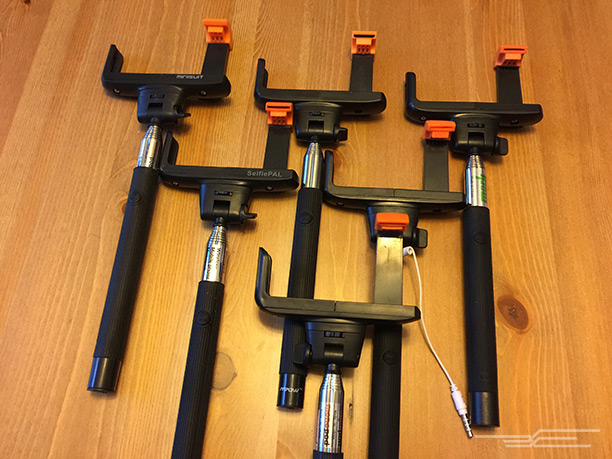
The only other unique model with a built-in Bluetooth remote is SmarTech’s Smart iReach. At $50, it’s the most expensive stick we tested. We like how far it compacts (8.5 inches), thanks to a phone cradle that folds over the handle, but its maximum length of 31.5 inches is the shortest of the bunch. We also found it to be difficult to collapse the pole—it would sometimes get stuck in the middle of its extension.
In terms of sticks with a separate Bluetooth remote, we knocked Minisuit’s Selfie Stick with Bluetooth Remote ($15), Selfie on a Stick + Bluetooth Remote Shutter ($30), and UCFIT’s Extendable Selfie Handheld Stick Monopod ($8) out of contention because they use the same generic monopod design as the CamKix model but have higher prices or lower customer ratings on Amazon (or both!). Another model with a Bluetooth remote we disqualified is Noot’s Extendable Self-Portrait Handheld Stick Monopod ($12), because the sample we received doesn’t match the what’s listed on Amazon.
In our first round of testing, we picked CamKix’s Extendable Selfie Stick with Bluetooth Remote ($25) as the best Bluetooth selfie stick, but with trepidation. It’s a white-label OEM stick, but it happens to get the highest Amazon ratings of the identical models we tested. In fact, the CamKix’s Amazon rating is the only thing that elevates this stick over any of the other Bletooth models. Its phone cradle and mounting mechanism are identical to those of the other models with a separate remote (and nearly the same as, though not identical to, that of the Looq DG), and it works with both the iPhone and the Android devices we tested. But we think you should go with the nicer Gorilla Gear option, unless length is your most important, um, measure.
Wrapping it up
For those who want a selfie stick, the best is Looq System’s Looq DG. It provides an easy way to take selfies without the need for batteries or the hassle of recharging. It collapses down to a short length; it extends to a long length; and it’s reasonably priced.
This guide may have been updated. To see the current recommendation please go to The Wirecutter.com. This post was done in partnership with The Wirecutter, a list of the best technology to buy. Read the original full article above at TheWirecutter.com
More Must-Reads from TIME
- Donald Trump Is TIME's 2024 Person of the Year
- Why We Chose Trump as Person of the Year
- Is Intermittent Fasting Good or Bad for You?
- The 100 Must-Read Books of 2024
- The 20 Best Christmas TV Episodes
- Column: If Optimism Feels Ridiculous Now, Try Hope
- The Future of Climate Action Is Trade Policy
- Merle Bombardieri Is Helping People Make the Baby Decision
Contact us at letters@time.com